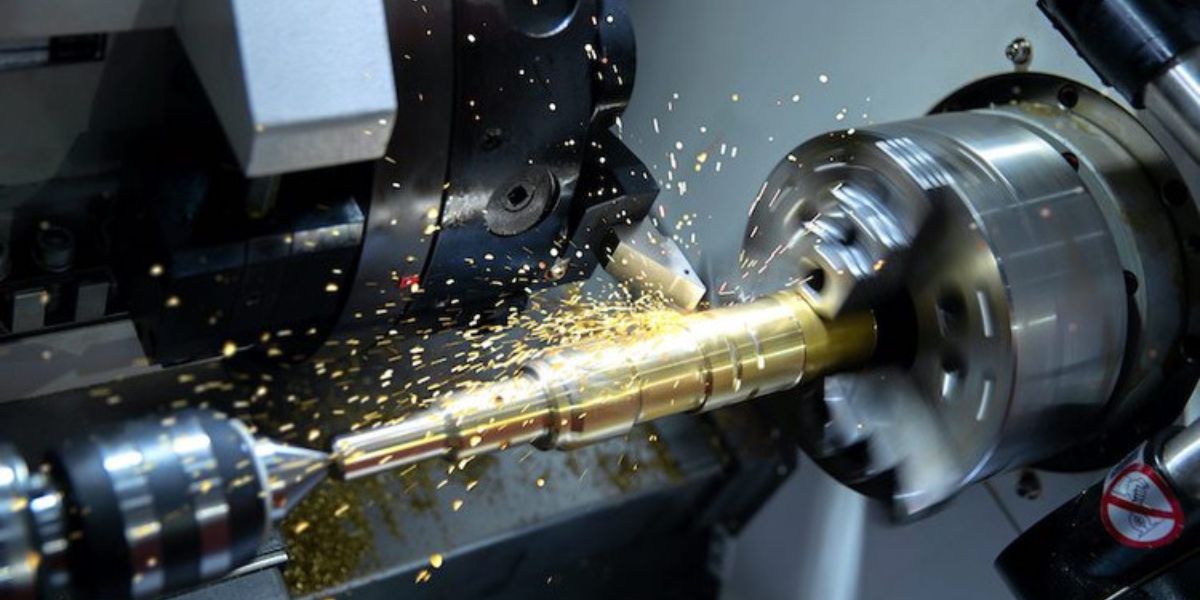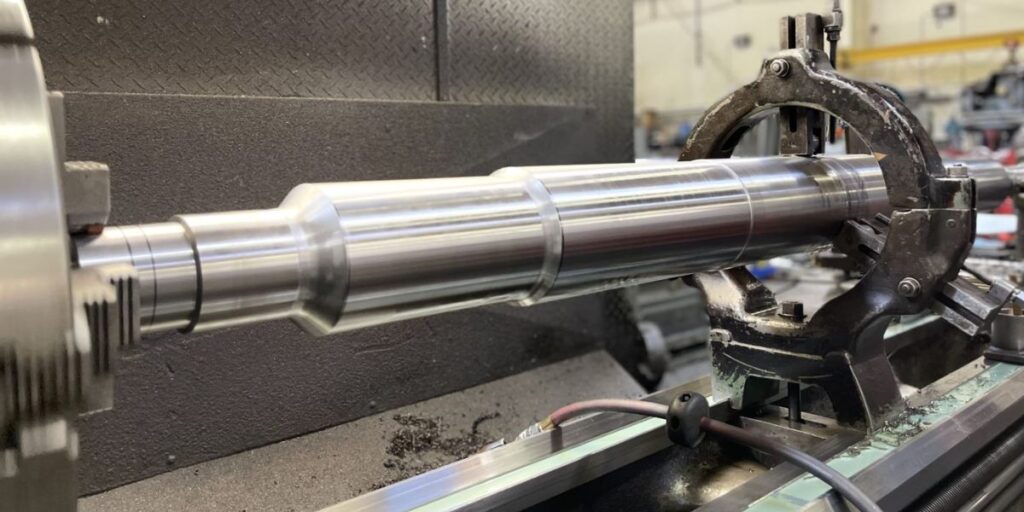The Essentials Behind Shaft Manufacturing Process
Do you know what makes you able to shift gears during a drive? How do aerospace engineers transform power from turbines? What is behind the technology of hydraulic pumps in agriculture? The answer is “shafts”. The manufacturing process of the shaft involves CNC turning components. A solid material of steel or rods is cut with specialized tools through a subtractive process of cutting and grinding to shape the shaft to the proper dimensions and tolerances.
Shafts are simple yet crucial components used in different industries to provide functionality to several products. Whether it is your car’s gearbox or the propeller of a spacecraft, everything has shafts as a major mechanical computer. But have you ever wondered about the manufacturing process for shafts? How are these components crafted? Through this blog, we will go deep into the shaft manufacturing process and understand it from basic to advanced.
Comprehensive Process Of Shaft Manufacturing
Custom shaft manufacturing is a critical process. It has four major steps- designing, machine setup, shaft machining, and finishing. Precision component manufacturers can craft customized shafts of different diameters and dimensions by following these steps.
Designing
Designing custom hydraulic shafts is a perfect example of how technology streamlines bulk manufacturing processes. So the process begins with determining the dimensions of the shaft. It is an important step because the dimensions of the shaft can vary according to requirements and functionality.
Therefore, precision component manufacturers use computer-aided design software to create the blueprint for shaft design. In the following step, using CAD, manufacturers use CAM software to create paths for the cutting tool. Afterwards, manufacturers convert these paths into machine-readable instructions known as G-code and transfer them into the CNC machine controller ( the software used to drive computer-aided manufacturing).
Machine Setup
Before cutting the shafts, it is needed to properly set up the CNC machine for enhanced results. A single mistake by the manufacturer in this step can lead to potential loss. Therefore, manufacturers have particular rules for setting up CNC machines.
- You are choosing the appropriate machine for the chosen shaft type. For example, you can select between milling or lathe for pump shafts.
- Manufacturers choose the workpiece and cutting tools. Several machinery shaft manufacturers use the End mill and turning tools the most common cutting machines.
- Putting the workpiece securely into the right fixtures for precision cutting.
Standard Shaft Machining Process
Shaft machining is the process that provides the required shape to the shafts. There are several inclusive methods used by shaft manufacturers for the machining process. We are picking up the CNC turning process.
CNC turning is one of the most common techniques used in the manufacturing process of shafts. It is monitored and guided by CAM software. Therefore, it results in precision cutting. CNC works on the principle of cutting and removing. Cutting tools provide a cylinder shape to the surface whereas the turing tools remove the excessive materials. Being one of the most critical steps. It requires step-by-step supervision and control.
Surface Finishing
Last but not least, the time come to provide a perfect finishing to the shafts after the shaft machining process. Finishing is an important step that is followed by cutting. Several industries require shafts with different finishing options for versatile functionality. Therefore, manufacturers use widely compatible surface finishing for a range of custom shafts according to the specifications.
Most of the precision manufacturers use the following techniques for enhanced surface finishing:
Bead blasting
Bead blasting is a great way to polish the surface of your machined shafts. It works by releasing steel beads or tiny glass under high pressure. Your personalized shafts will have a pristine, satin-like surface.
Anodizing
Anodizing is a dependable surface treatment that improves machined shafts by applying a thin layer of gold, nickel, zinc, or other metal. Its resistance to wear and corrosion is enhanced by this surface finish.
Passivation
Stainless steel shafts benefit from custom shaft passivation, which improves their surface. To remove free iron compounds and other impurities, the machined shaft’s surface is cleaned using an acidic solution. Consequently, the shaft’s surface develops a passive oxide layer that strengthens its resistance to corrosive agents.

Things To Remember During Shaft Manufacturing Process
Expected Load And Torque
Measuring the load and torque before initiating manufacturing will help you accurately cut the shafts. An appropriate determination of load and torque can result in axis deterioration and unusual shape of shafts. It can affect the required dimensions and diameter of the components. Therefore, manufacturers need to be extra careful when determining the load and torque for cutting shafts.
Choosing Shaft Material
Selection of the shaft material is crucial to ensure the durability and longevity of shafts. Manufacturers typically use stainless steel, carbon, alloys, and aluminum as raw materials for crafting precision shafts. However, the selection of raw materials depends on several factors like temperature and corrosion. Therefore, make sure you have a proper understanding of the requirements and choose according to the project and budget.
Length And Diameter Of The Shaft
To prevent errors such as deflection and excessive vibrations, machine the shaft’s length, diameter, and parts to the specifications of the planned applications. More significantly, selecting a cross-sectional shape that is capable of withstanding the load to which the shafts will be subjected will be beneficial.
Quality Control And Testing
When producing functioning machined shafts, quality control becomes crucial. Frequent quality checks verify that the dimensions, material composition, and surface finish meet the required standards. Therefore, in the course of quality control, you can use techniques like coordinate measuring, surface roughness testing, and hardness testing.
Quality Manufacturer Process Of Shaft From Bhansali Techno Components
Shaft manufacturing is as interesting as the functions of shafts. Every single step has its importance and value in providing a quality product. Hope you have enjoyed the journey. If you have any doubts regarding the shaft manufacturing process or functionality of shafts don’t hesitate to connect with precision component manufacturers like Bhansali Techno Components.



